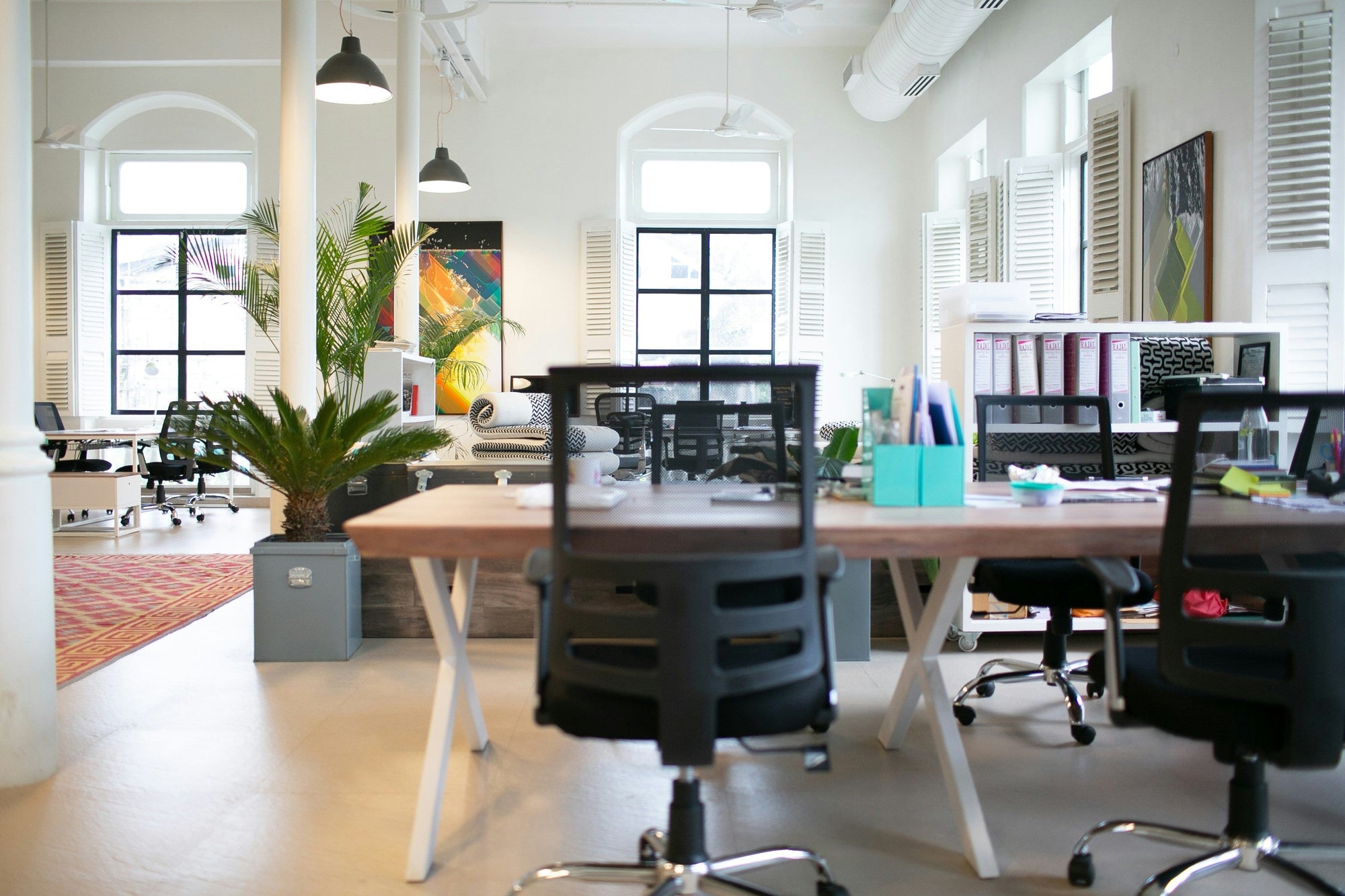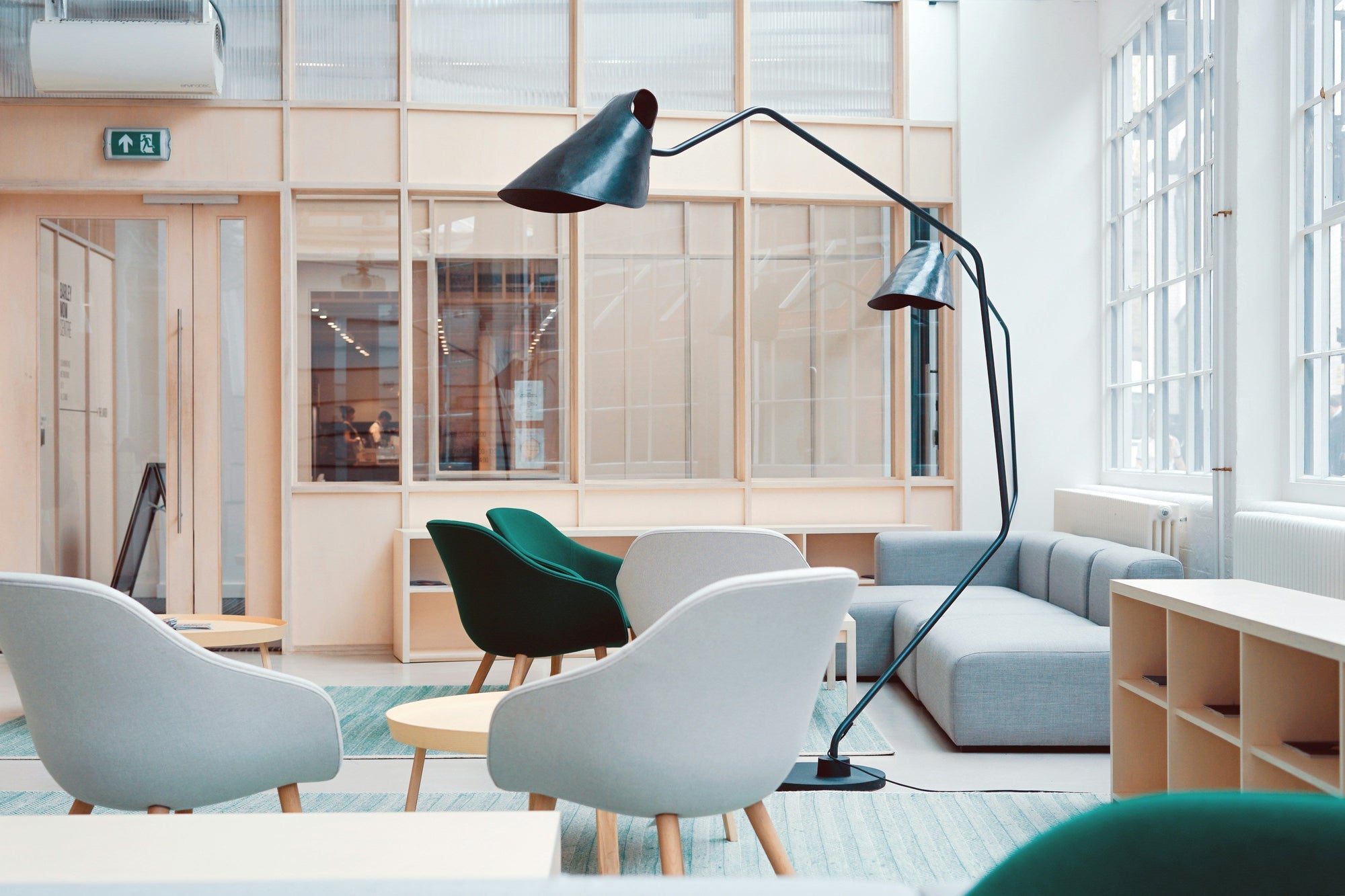In the design and planning of office spaces, the collaboration between architects and office furniture dealers is crucial for creating functional, aesthetically pleasing, and efficient work environments. While architects focus on the overall design and structure, furniture dealers provide the elements that bring the space to life. Understanding how these professionals work together can enhance the office design process and ensure that the final result meets the client’s needs.
The Role of Architects
Architects: Architects are responsible for the conceptual and structural design of a building or office space. Their primary roles include:
-
Design Concept: Architects develop the overall design concept, considering the layout, flow, and aesthetics of the office space. They create detailed plans and blueprints that outline the spatial arrangement, structural elements, and design features.
-
Space Planning: Architects focus on optimizing the use of space to ensure functionality and efficiency. This includes planning for workstations, meeting rooms, common areas, and other office functions, all while adhering to building codes and regulations.
-
Aesthetic Design: They select materials, colors, and finishes that contribute to the office’s overall look and feel. Architects aim to create a cohesive design that reflects the client’s brand and enhances employee well-being.
-
Coordination and Oversight: Architects oversee the construction process, ensuring that the design is implemented correctly. They coordinate with various contractors and vendors to manage the project and address any issues that arise.
The Role of Office Furniture Dealers
Office Furniture Dealers: Office furniture dealers specialize in providing and installing office furnishings. Their responsibilities include:
-
Furniture Selection: Dealers offer a range of furniture options that meet the client’s needs and preferences. This includes desks, chairs, storage solutions, and collaborative workspaces, tailored to the specific requirements of the office environment.
-
Space Planning and Layout: They work with the client to design furniture layouts that align with the architectural plans. This involves ensuring that furniture fits within the space and complements the overall design while optimizing functionality and flow.
-
Product Knowledge: Furniture dealers provide expertise on the latest trends, ergonomic solutions, and quality standards. They help clients choose furniture that not only looks good but also supports productivity and comfort.
-
Delivery and Installation: Once furniture is selected, dealers handle the delivery and installation, ensuring that everything is set up correctly and efficiently. They may also offer post-installation support and adjustments.
How Architects and Furniture Dealers Collaborate
1. Coordinated Design and Planning
Initial Consultation: Collaboration typically begins with an initial consultation where architects and furniture dealers discuss the client’s vision, requirements, and any design constraints. This ensures that both parties are aligned with the project goals.
Space Integration: Architects provide detailed plans that outline the spatial layout and design features. Furniture dealers use these plans to design furniture layouts that fit seamlessly within the space, ensuring that the furniture complements the architectural design and enhances functionality.
2. Seamless Integration of Design Elements
Aesthetic Harmony: Architects and furniture dealers work together to ensure that the furniture design aligns with the overall aesthetic of the office. This involves selecting furniture that matches the colors, materials, and style chosen by the architect.
Functional Fit: Furniture dealers consider the architectural design when recommending furniture solutions. They ensure that the furniture not only fits within the space but also supports the intended workflow and usage of different areas.
3. Efficient Problem Solving
Design Adjustments: During the design and planning phase, architects and furniture dealers collaborate to address any issues or adjustments needed. For example, if there are space constraints or design changes, they work together to find solutions that meet the client’s needs.
Coordination During Installation: As the project progresses to the installation phase, architects and furniture dealers coordinate closely to ensure that the furniture is installed according to the design plans. They address any issues that arise during installation to ensure a smooth transition.
4. Enhancing Client Experience
Unified Vision: By working together, architects and furniture dealers provide a cohesive design solution that integrates both structural and furnishing elements. This unified approach enhances the overall client experience and ensures that the final office space is both functional and visually appealing.
Client Feedback: Continuous communication between architects and furniture dealers allows for the incorporation of client feedback throughout the design and installation process. This ensures that the final outcome aligns with the client’s expectations and preferences.
5. Post-Installation Support
Final Adjustments: After installation, both architects and furniture dealers may be involved in making any final adjustments to ensure that the space functions as intended. This collaborative effort helps in addressing any remaining issues and refining the design.
Ongoing Maintenance: Furniture dealers may offer ongoing support and maintenance services, while architects may provide guidance on any further modifications or enhancements needed in the future.
Conclusion
The collaboration between architects and office furniture dealers is essential for creating effective and stylish office environments. By working together, these professionals ensure that the design and furnishings of the office space are seamlessly integrated, enhancing both functionality and aesthetics. Their combined expertise results in a well-designed workspace that meets the client’s needs and supports a productive and pleasant work environment.







